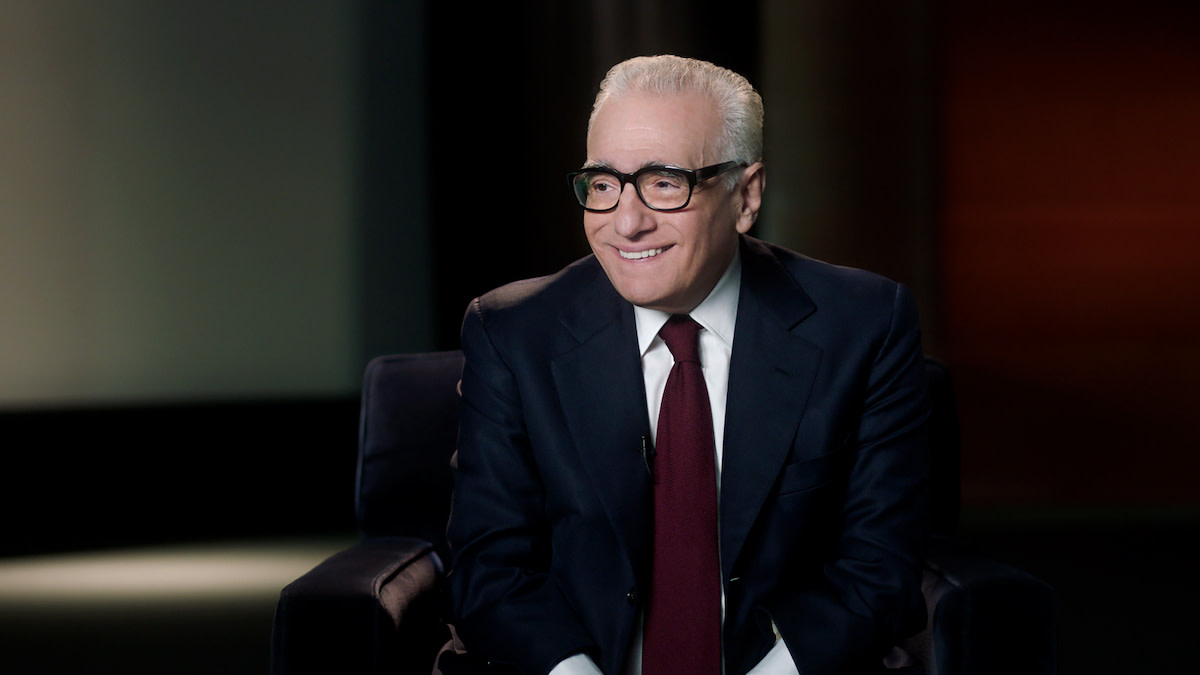Martin Scorsese on the Importance of Film History
Written by MasterClass
Last updated: Aug 25, 2021 • 4 min read
If you’re set on exploring how to learn filmmaking, start with the pictures that inspired legions of directors, writers, and producers. Here, Academy Award winner Martin Scorsese explains how studying the masters can teach you to make movies of your own.
Learn From the Best
Why Study Film History?
There is no one process in filmmaking, no textbook example to follow. Instead, filmmakers often look to other films for guidance and inspiration. While you can learn a lot about the techniques and craft of filmmaking from studying films themselves, for Martin it’s about something more elemental: Finding other artists and works of art that you connect to.
At the same time, you should be aware of the history of the medium you want to make, and Martin underscores that film preservation is needed in order to access this history. He is the founder and chair of The Film Foundation, a non-profit organization dedicated to the preservation and protection of motion picture history. In 2007, Scorsese launched the World Cinema Project to preserve, restore, and disseminate neglected films from around the world.
3 Tips on Learning From the Masters of Film
For Martin, there’s a spiritual dimension to filmmaking that is rooted in his way of looking at the world. As a boy, young Martin aspired to be a priest. Now, Martin sees both filmmaking and the priesthood as commitments to specific ways of life. Moral and spiritual conflicts (and the faith and doubt that accompany them) began for Martin at an early age, and they continue to play an important role in his films.
- 1. Seek out films that connect to you on a personal level. As a child in the late 1940s and early 1950s, Martin went to the movies with his parents and brother frequently. Martin encourages you to watch the cinema of the old masters— the films he grew up watching in theaters. He says you can learn a lot from them, but that you shouldn’t necessarily approach them with this goal in mind. Instead, see if these films speak to you or spark curiosity or interest.
- 2. Don’t be afraid to reinterpret or even discard what isn’t useful. Ultimately, for Martin, it’s important to be aware of the films that came before you and to reinterpret them, perhaps even to the point of discarding them if they don’t inspire or influence you.
- 3. Watch films wherever you can find them. While Martin encourages you to seek out the films of the old masters on a big screen, watching them at home is still a viable option. As a child, Martin watched the films of Michael Powell and Emeric Pressburger on television in cut-down, black-and-white versions. He still found these truncated versions intriguing and even liberating. Martin’s decision to be a director was a matter of being honest with himself, and he urges you to do what you’re called to do.
How to Apprentice Yourself to the Masters
You don’t need a degree in film studies to apprentice yourself to the great works of cinema. The films themselves can be your guides and teachers. Here are a few tips for how you can start learning the craft of filmmaking from the movies you watch:
- Seek out the films of the old masters. Subscribe to a broadcasting/television service dedicated to classic cinema. Although the image quality is inferior to that of a paid subscription service, you may also consider Internet Archive’s Digital Library, which boasts over 5,000 films from around the world. Classic Cinema Online is another viable free option.
- Many filmmakers and artists use inspiration boards to develop an immediate, personal connection with images and stories from a distant world. Create one using a corkboard, an empty wall in your workspace, or a notebook. Begin collecting stills from favorite films, photographs of costumes and sets you aspire to have in your own movies, or characters you find interesting. Inspiration boards are fluid, so continue adding to yours as you develop your project.
- Rewatch one of your favorite films. Choose three scenes to break down shot by shot. These can be scenes from films that you love, or films you hate, or films you want to better understand. Once you’ve picked your scenes, watch them a few times through. Then, be prepared to have your hand on the pause button as you write a description of each shot (meaning each moment between two edit points) in detail. Describe the action, the framing, the camera movement, what’s in and out of focus—everything you observe. By the time you’ve completed this exercise, you will have a greater understanding of the role each shot plays to build a compelling scene.
Want to Learn More About Filmmaking?
Whether you’re a budding director, screenwriter, or filmmaker, navigating the movie business requires plenty of practice and a healthy dose of patience. No one knows this better than legendary director Martin Scorsese, whose films have shaped movie history. In Martin Scorsese’s MasterClass on filmmaking, the Oscar winner deconstructs films and breaks down his craft, from storytelling to editing to working with actors.
Want to become a better filmmaker? The MasterClass Annual Membership provides exclusive video lessons from master filmmakers, including Martin Scorsese, David Lynch, Jodie Foster, Werner Herzog, Spike Lee, and more.
